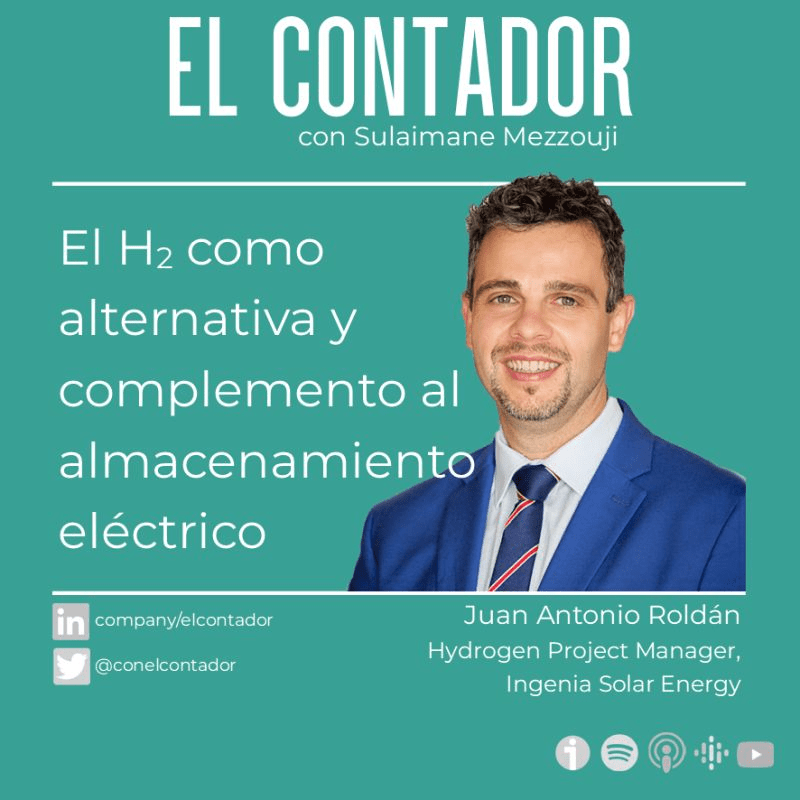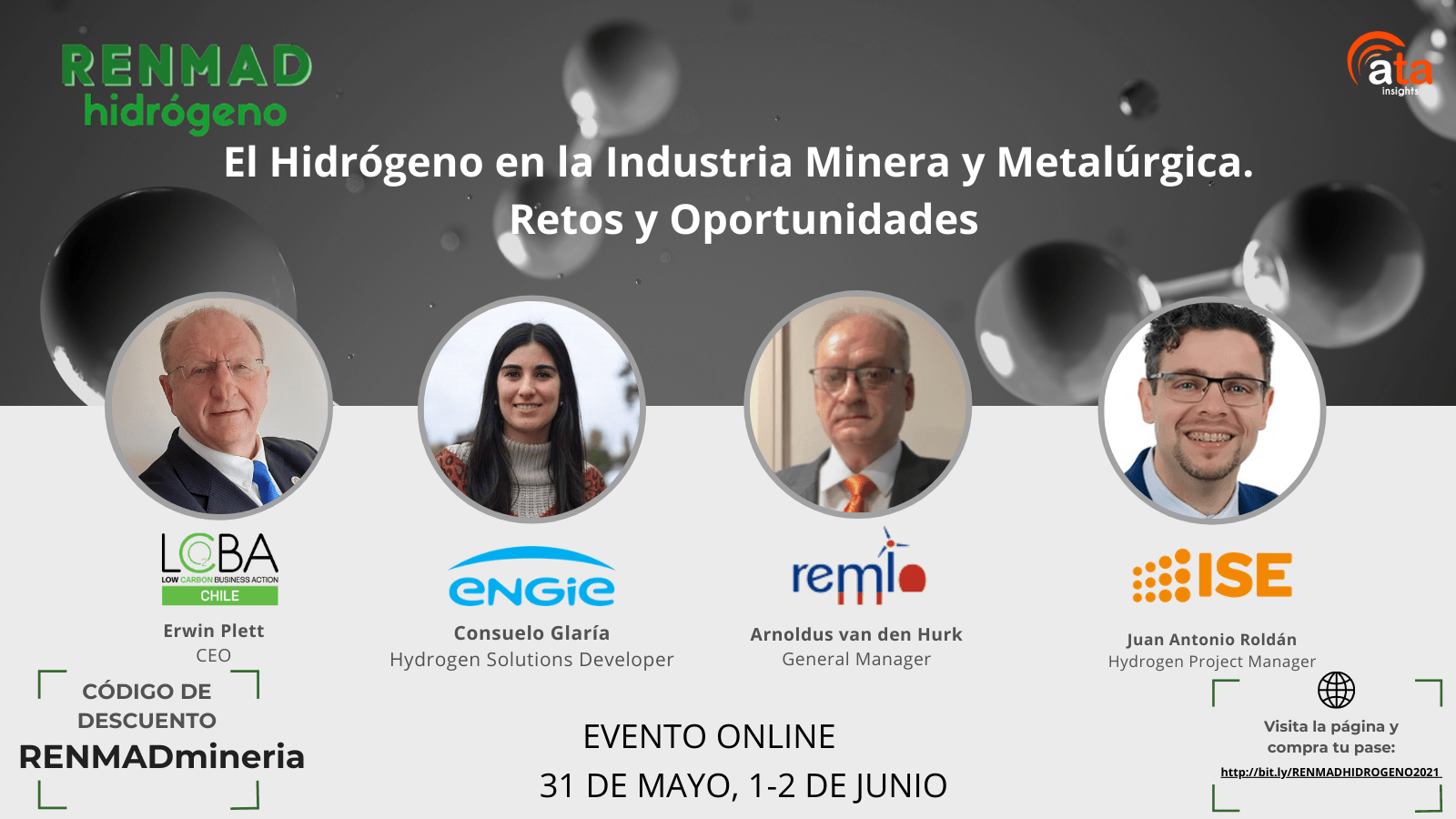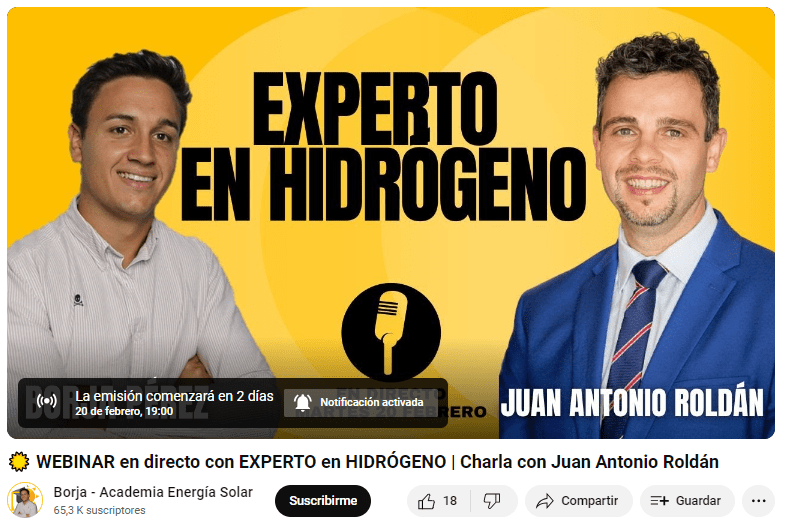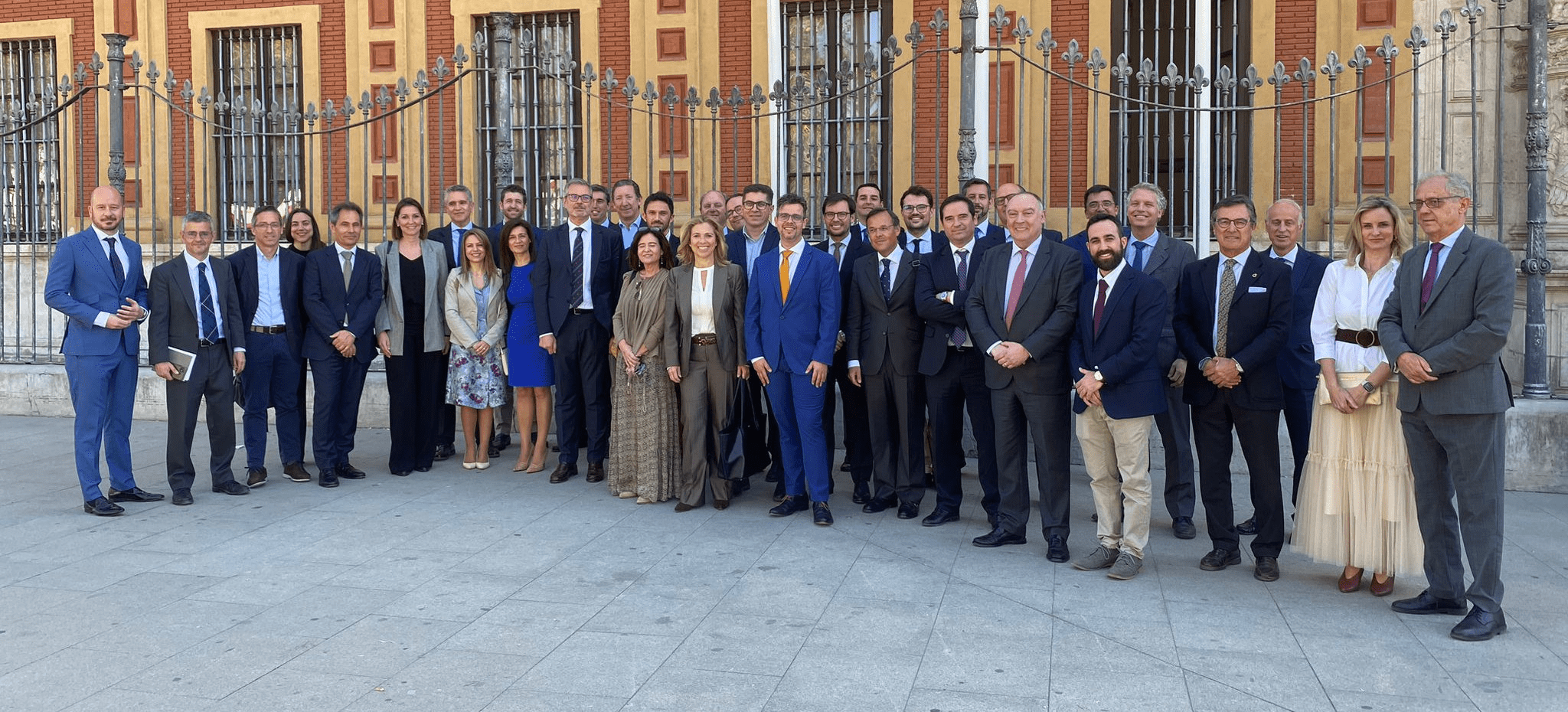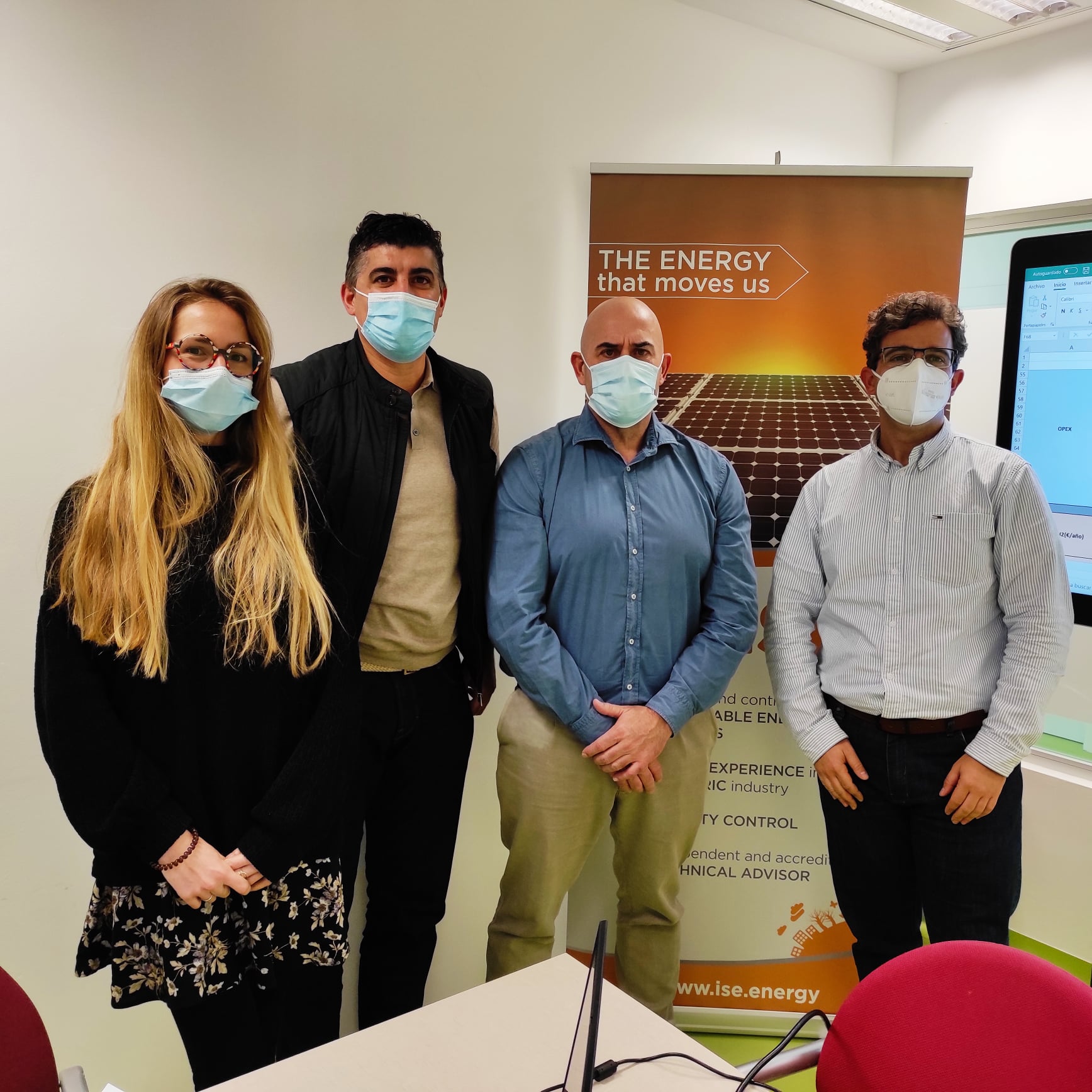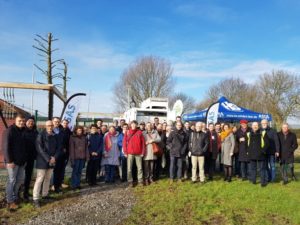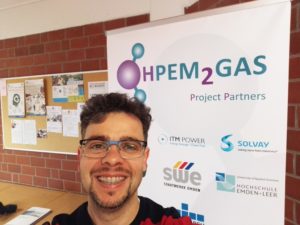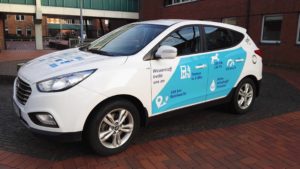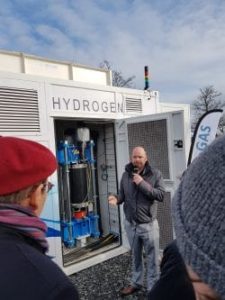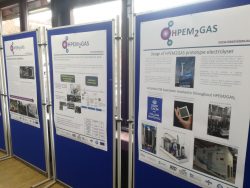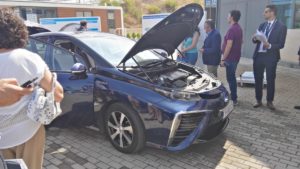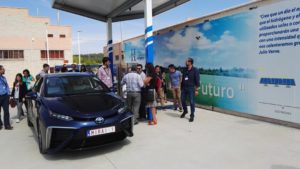Hydrogen is the key in the Toyota Challenge 2050
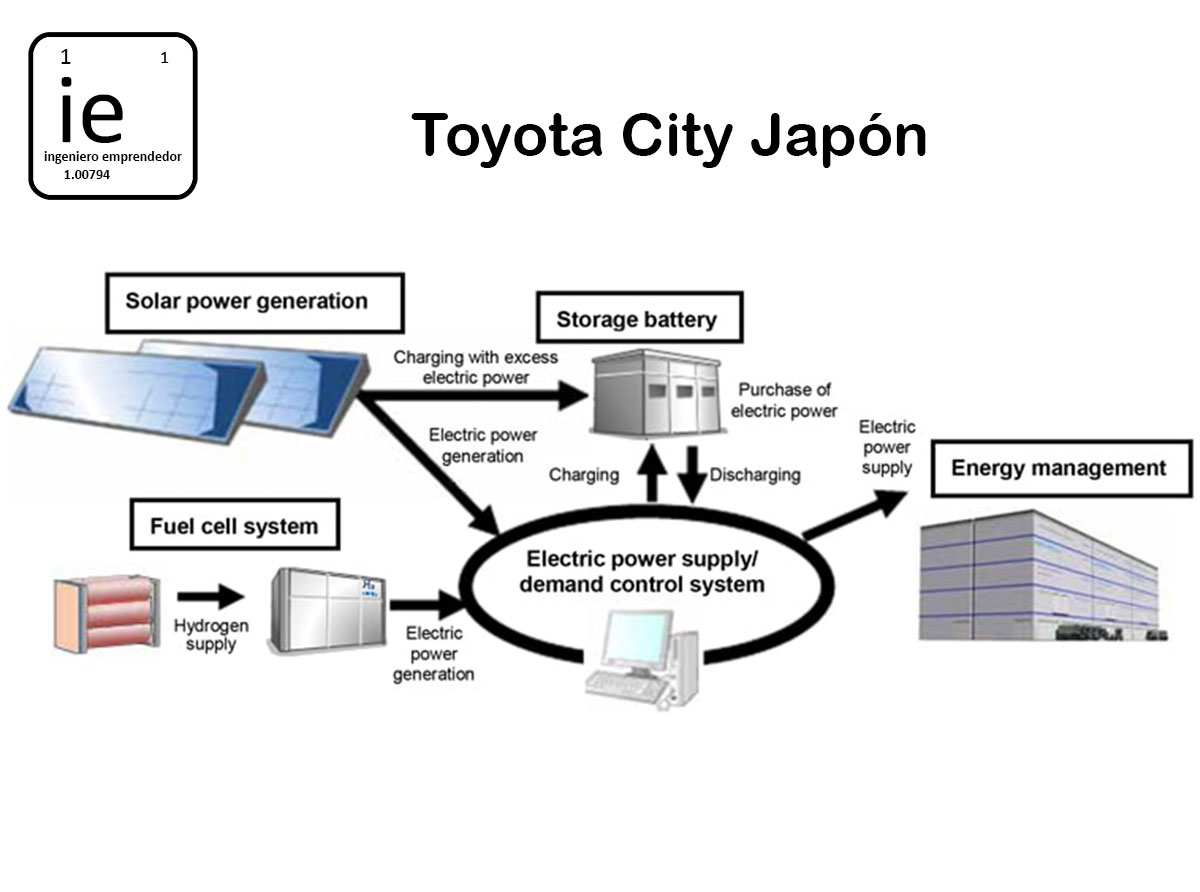
The key of the Toyota Challenge 2050:
This big challenge proposed by the Japanese brand has as a challenge to achieve zero emissions of CO2, responsible for the greenhouse effect, in their factories. In the Roadmap of “Toyota Environmental Challenge 2050” concrete measures of energy saving are promoted like maximizing the use of light. Toyota hopes to be able to completely eliminate CO2 emissions in the energy management service through the use of renewable energy based on hydrogen gas.
For the most curious, these are some of the concrete measures of energy saving that have been implemented: 1- Promotion of conservation, allowing all employees to turn on or off the air conditioning and lighting, 2- Maximizing the use of light and ventilation Natural. With these simple measures is expected to reduce the consumption of electricity and CO2 emissions in half.
Renewable energies at the Honsha Plant:
At its Honsha plant in the so-called “Toyota City” (Japan) two systems have been installed which are noteworthy: 1- Fixed fuel cells of pure hydrogen with a nominal power of 3.5 kilowatts (kW) and 2- An energy management system that combines the generation of solar energy with some storage batteries coming from the recycling of used batteries of Prius hybrid vehicles.
In addition to these systems, as good engineers, the excess of thermal energy generated by fuel cells is subsequently used for air conditioning. In addition to monitoring installation results and testing pure hydrogen fuel cells, Toyota has already announced that it will continue to “develop and install technologies that make efficient use of hydrogen in other Honsha plant buildings to continue advancing with initiatives Aimed at eliminating CO2 emissions “.
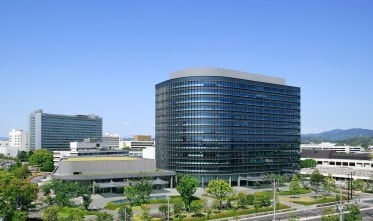
Toyota City
It covers 100% of energy demand:
With this innovative system they achieve an efficient energy supply mainly through highly efficient fuel cells. These batteries are complemented by solar energy, which generates an interchangeable supply of energy, in combination with storage batteries.
The pure hydrogen fuel cells they have installed have a nominal power of 3.5 kW and are a newly developed model designed for small offices. This project represents the first operational start-up within a commercial environment.
What is the challenge of Spanish companies?
In Spain there are more than 6,232,750 companies according to Current Company and if we do a simple search on the internet we will see that there are no clear plans where they explain what their environmental objectives are.
I am sure there are many of these companies that have contingency measures and environmental plans, but are they effective? Can they reduce their CO2 emissions to 0% ?. Toyota is giving us a clear route, they are already getting it.
I think it is time for companies and public institutions to take part in the evolution of energy and include hydrogen in their environmental plans. As a Chemical Engineer specializing in Hydrogen and Renewable Energies I would like to have my knowledge and my talent to this change.
